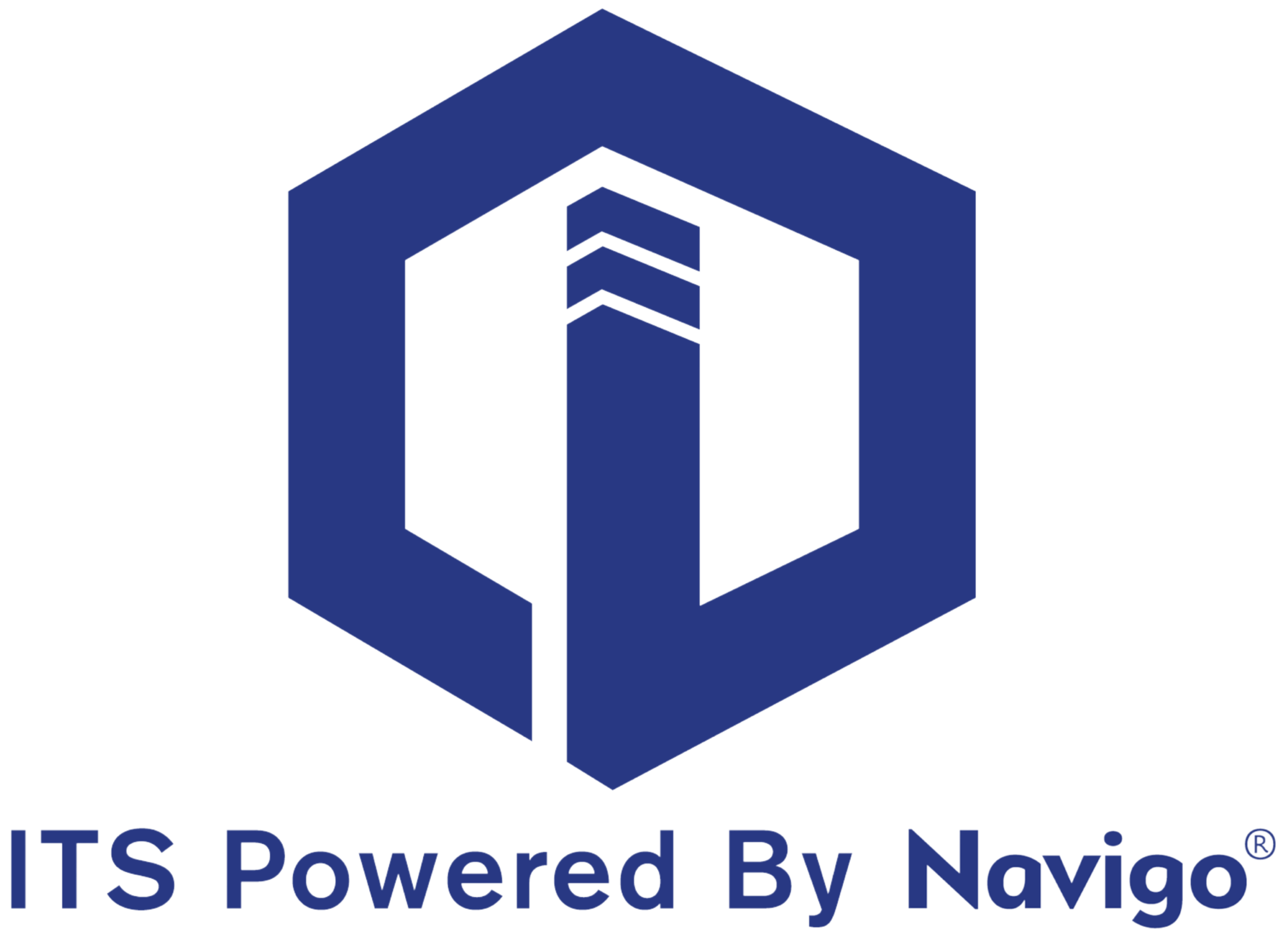Headquarters
7150 Columbia Gateway Drive, Suite L, Columbia, MD 21046
New York Location
112 West 34th Street, 18th floor, Room 18025 New York, NY 10001

Proud member

Cost-Effective: Static signs are generally more affordable than digital LED signs. They require a one-time purchase without ongoing maintenance or electricity costs. This makes them an attractive option for courthouses with budget constraints.
Simple Installation: Installing static signs is straightforward, involving mounting or hanging them in designated areas. There is no need for complex wiring or connectivity setup, making the installation process quick and easy.
Low Maintenance: Static signs do not have moving parts or electronic components, reducing the likelihood of technical malfunctions. With minimal maintenance requirements, they can be a reliable long-term solution.
Durability: Static signs are often made from sturdy materials like metal, acrylic, or high-quality plastics, making them durable and resistant to wear and tear. They can withstand harsh environmental conditions, ensuring they remain functional for an extended period.
Real-Time Updates: Digital LED signs offer real-time updates, ensuring that schedules and announcements are accurate and up-to-date. This capability allows for instantaneous changes to court schedules, reducing confusion and delays.
Dynamic Content: LED signs can display dynamic content such as animations, videos, or scrolling text, making them more visually engaging and attention-grabbing. This feature can effectively draw the attention of courthouse visitors and ensure they receive important information promptly.
Customization: Digital LED signs offer greater flexibility in content customization. Courthouses can display schedules for multiple courtrooms, case details, important announcements, and emergency alerts, all on a single screen. The ability to customize content enhances the user experience and increases the signs' utility.
Remote Management: LED signs can be managed remotely through software, enabling courthouse staff to update schedules or content from a centralized location. This remote management capability reduces the need for manual adjustments, saving time and effort.
Improved Visibility: LED signs provide excellent visibility even in bright environments, making them suitable for well-lit courtrooms or areas with high ambient light. They offer better readability from a distance, ensuring that visitors can access information easily.
Environmental Friendliness: Digital LED signs are more environmentally friendly compared to static signs. They consume less energy, especially if equipped with energy-efficient LED technology. This makes them a greener option for courthouses aiming to reduce their carbon footprint.
Static signs are cost-effective, easy to install, and require minimal maintenance. On the other hand, digital LED signs offer real-time updates, dynamic content, customization options, remote management, and improved visibility. The choice between static and digital LED signs for court schedules ultimately depends on a courthouse's budget, desired features, and communication needs. While static signs might be sufficient for basic display requirements, digital LED signs offer numerous advantages in terms of interactivity, customization, and efficiency in delivering real-time information to courthouse patrons.
Explore itouchinc.com for more information on our solutions or contact us for needs unique to your property or project.
7150 Columbia Gateway Drive, Suite L, Columbia, MD 21046
112 West 34th Street, 18th floor, Room 18025 New York, NY 10001

Proud member
Toll-Free
Phone
© Copyright 2025 ITS, Inc. All rights reserved.
Stay in touch with the latest news and updates from ITS, Inc.
7150 Columbia Gateway Drive, Suite L
Columbia, MD 21046
112 West 34th Street, 18-025
New York, NY 10001